The construction industry is evolving rapidly, and with it, the need for smarter workforce management tools has never been greater. As projects become more complex and labor demands increase, general contractors, owners, and insurers are all facing the same challenge: how to manage workers more effectively, safely, and efficiently.
Construction workforce management software has emerged as a powerful solution, but with so many tools on the market, knowing which features to prioritize in 2026 can make all the difference.
The Problem with Traditional Construction Workforce Management
Outdated methods of labor tracking in construction like spreadsheets, manual logs, and disconnected scheduling tools often result in delays, cost overruns, compliance issues, and miscommunication between field teams and the office.
Project managers face challenges with fragmented data, limited visibility into labor productivity, and reactive decision-making. In an industry where every hour counts, this inefficient approach slows down projects and increases risk.
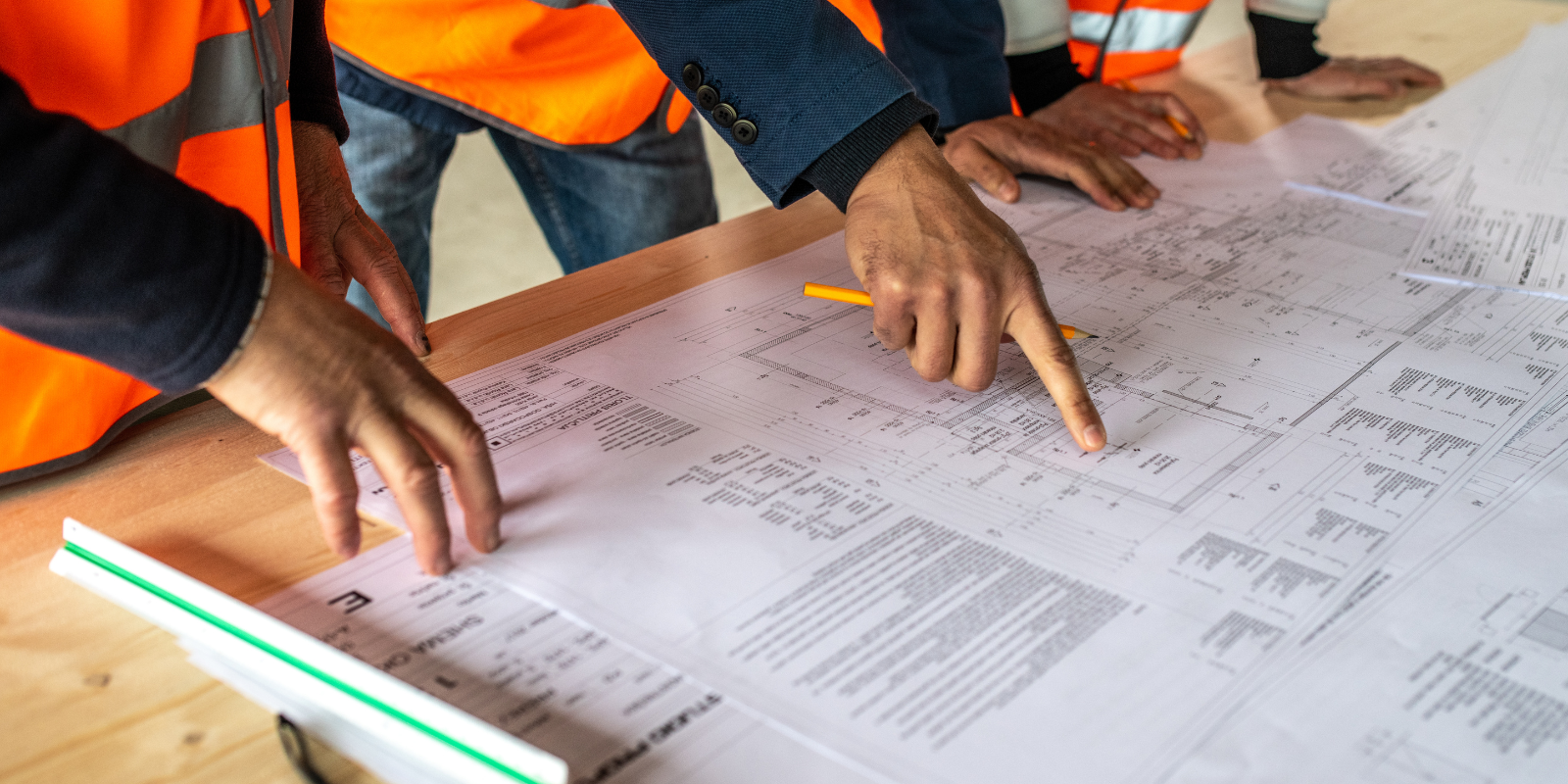
How Technology Is Shaping the Future of Construction Workforce Software
Technology is changing the way construction teams operate. With advances in AI in construction workforce management, connected devices, and cloud-based platforms, teams now have access to real-time insights, automation, and smarter planning.
Modern construction time tracking tools go beyond basic clock-in and clock-out. They integrate with scheduling, payroll, compliance, and safety systems to provide a full view of workforce activity. As IoT devices powered by BLE, LoRaWAN, and RFID become more common, collecting accurate labor data is easier than ever.
For example, see how ZoneIQ enables real-time zone-level labor visibility on large jobsites using IoT and location-based tracking.
Opportunities in Construction Workforce Management for 2026
The future of construction workforce software is full of opportunity. Companies that adopt the right tools can:
- Improve productivity and reduce manual tasks
- Gain real-time visibility into labor performance
- Better manage worker fatigue and wellbeing
- Streamline compliance reporting
- Strengthen coordination with owners and insurers
To take advantage of these benefits, firms must focus on platforms that offer intelligent features and scalable solutions. Here are the six key features to prioritize.
Real-Time Labor Tracking in Construction
Automated labor tracking in construction is essential for accurate reporting and time management. The best systems use mobile apps, facial recognition, or smart badges to track attendance and sync it instantly with dashboards and payroll.
Real-time tracking ensures transparency, reduces time theft, and helps managers make faster decisions on the jobsite.
You Can Also Read: Data Center Construction and Operations
Construction Workforce Scheduling and Shift Management
Efficient workforce scheduling in construction helps teams stay on track and within budget. Look for tools that offer drag-and-drop scheduling, AI-powered shift recommendations, and alerts for understaffing or overtime risks.
In 2026, dynamic scheduling will be key to managing labor across large, multi-phase projects with rotating shifts.
Safety and Compliance Features in Construction HR Software
The best features of construction HR software include built-in safety and compliance tracking. This includes license expiration alerts, work hour limits, safety certifications, and incident reporting.
These features support OSHA compliance, lower insurance risk, and improve overall site safety, a growing concern for both owners and brokers.
Mobile Construction Time Tracking Tools
Today’s workforce is mobile, and your time tracking tools should be too. Mobile-first construction time tracking tools allow workers to log hours, access schedules, and receive updates directly from the field.
The best platforms work in low-connectivity environments and offer user-friendly interfaces for quick adoption on-site.
AI in Construction Workforce Management and Planning
AI-powered platforms are transforming how labor data is used. From forecasting resource needs to detecting risks like absenteeism or fatigue, AI in construction workforce management brings predictive power to field operations.
For a deeper look into how AI helps anticipate risks, check out : Forecast Risk Before it Becomes Critical
Integration and Reporting in Construction Workforce Software
To maximize efficiency, your workforce platform should integrate with project management, accounting, and payroll systems. Robust reporting features allow easy access to labor metrics, compliance data, and performance trends.
The future of construction workforce software depends on connected systems that eliminate data silos and reduce duplication of effort.
Key Players in the Construction Workforce Software Market
Several solutions are shaping the construction workforce software space in 2026:
- LaborChart – Specializes in workforce planning and resource allocation
- Bridgit – Offers HR tools for team forecasting and planning
- Hammertech – Focuses on safety compliance and workforce documentation
- Skillit – Connects skilled labor with hiring needs through a modern platform
Each of these tools brings something valuable. Your decision should depend on project complexity, integration needs, and team size.
How Kwant.ai Delivers a Smarter Workforce Management Platform
Among the leading platforms, Kwant.ai stands out with its end-to-end construction workforce management capabilities. It combines real-time labor tracking, predictive scheduling, fatigue monitoring, and insurance-grade reporting in one unified solution. With IoT integration and AI-powered insights, Kwant.ai helps general contractors, owners, and insurers streamline operations and improve safety outcomes.

Ready to Improve Your Workforce Strategy?
The construction workforce of 2026 demands smarter tools, stronger insights, and better coordination. By focusing on these six essential features, firms can stay ahead of the curve and make informed choices that drive performance and reduce risk.
Choosing the right construction workforce management software is more than a technology decision, it’s a long-term investment in productivity, safety, and workforce wellbeing.
Want to see how a modern workforce platform can transform your next project? Book a demo or talk to our team to learn how Kwant.ai can help.
.svg)

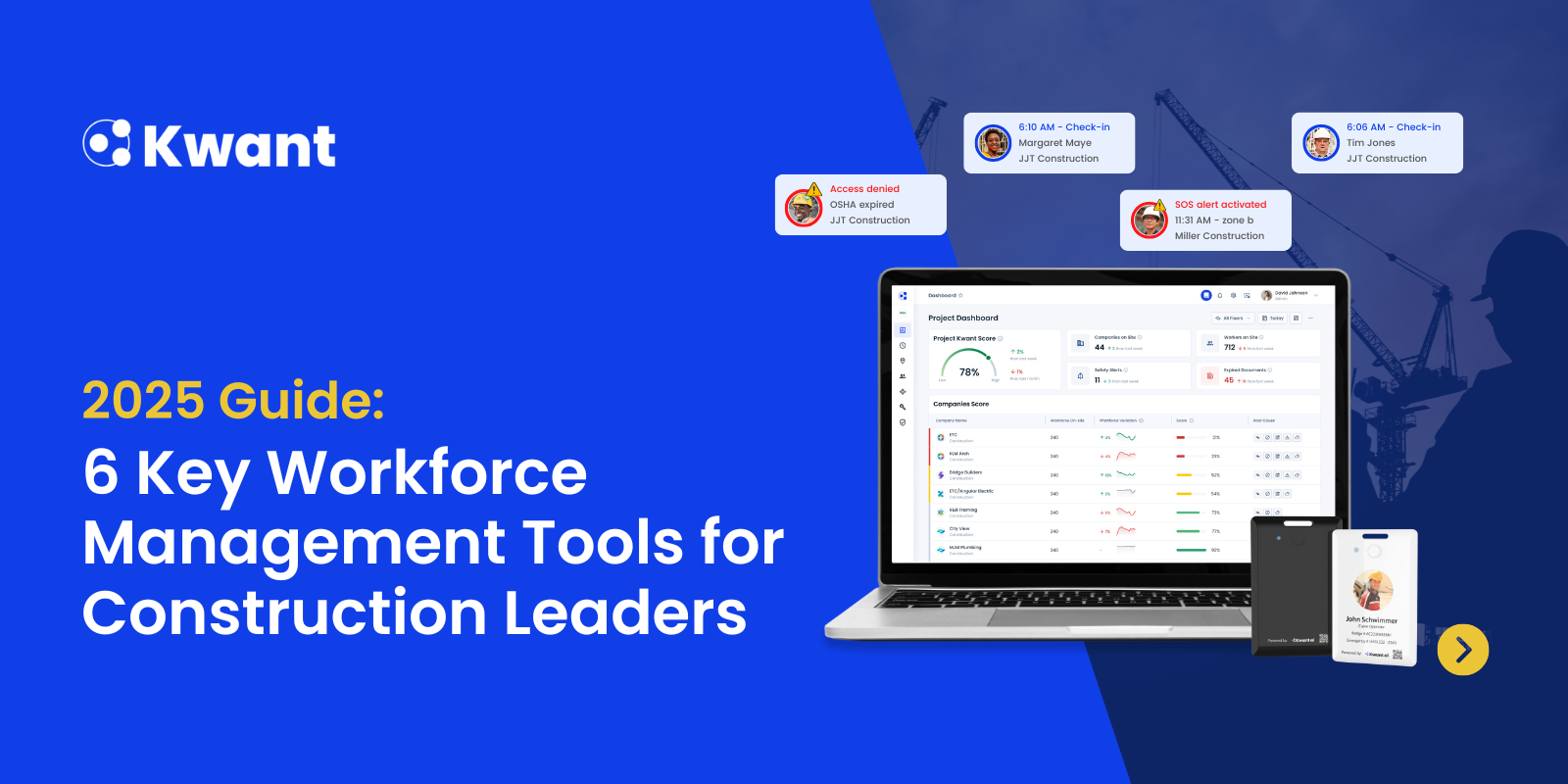





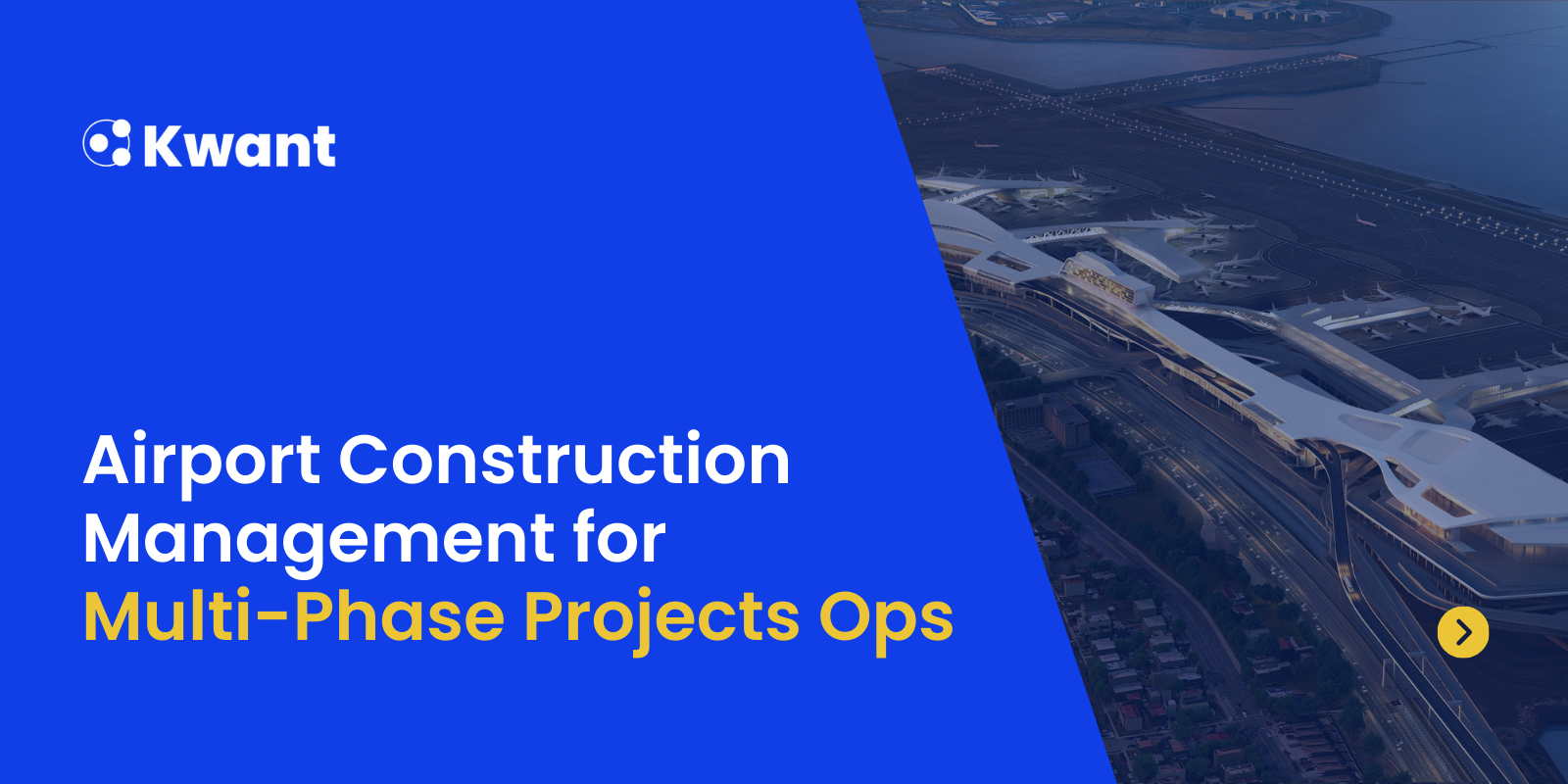
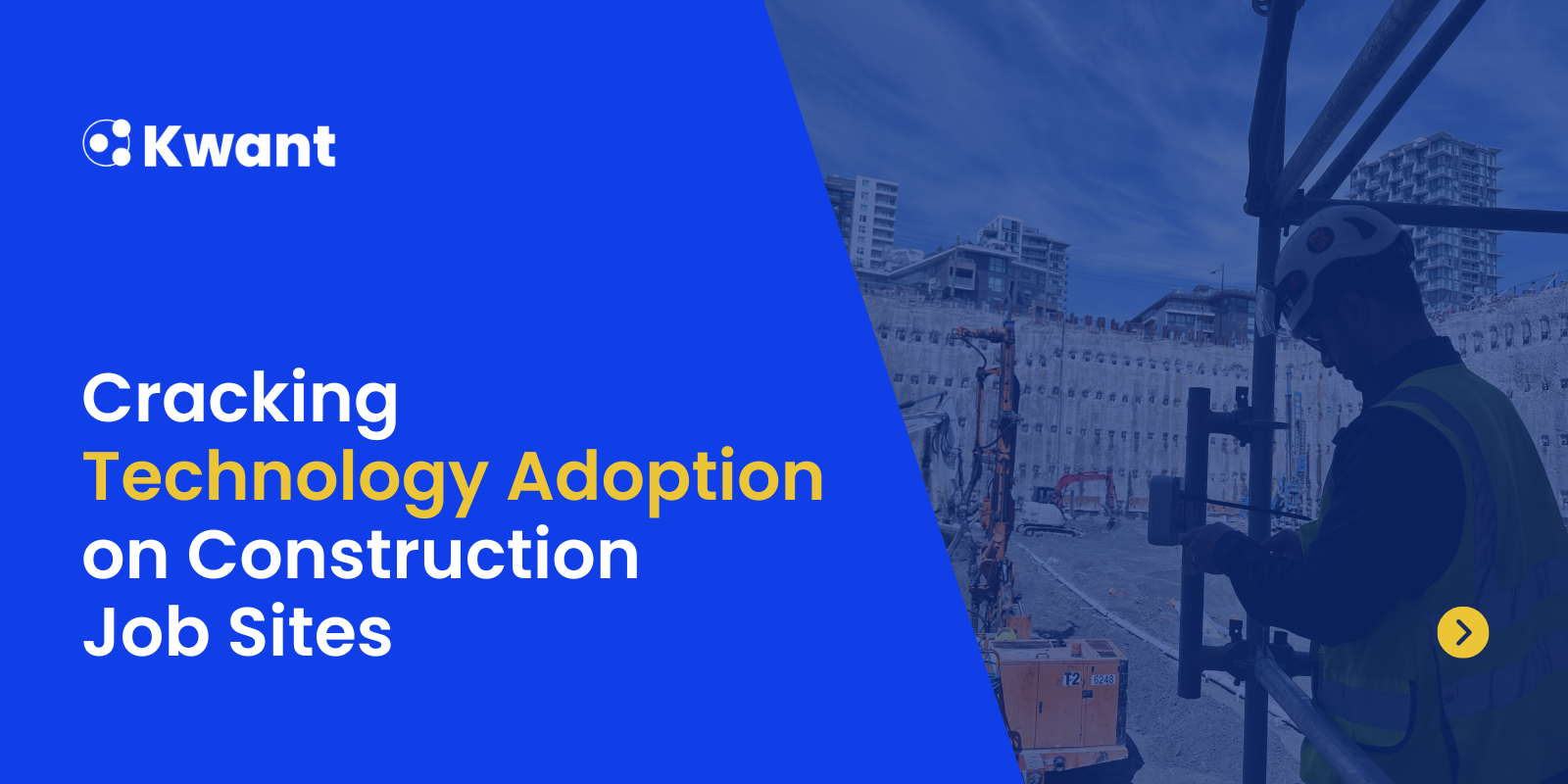

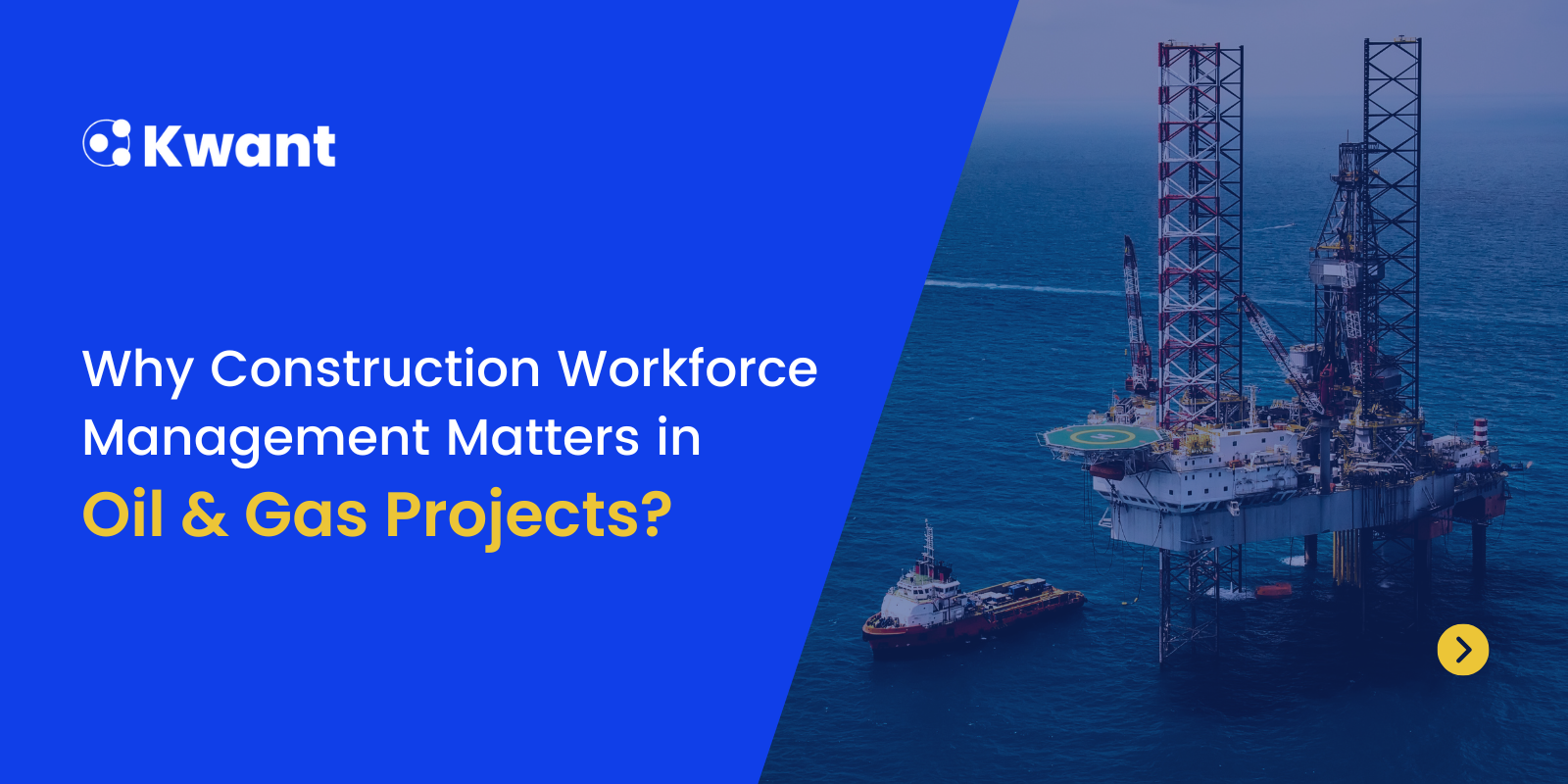
%20(1).svg)














